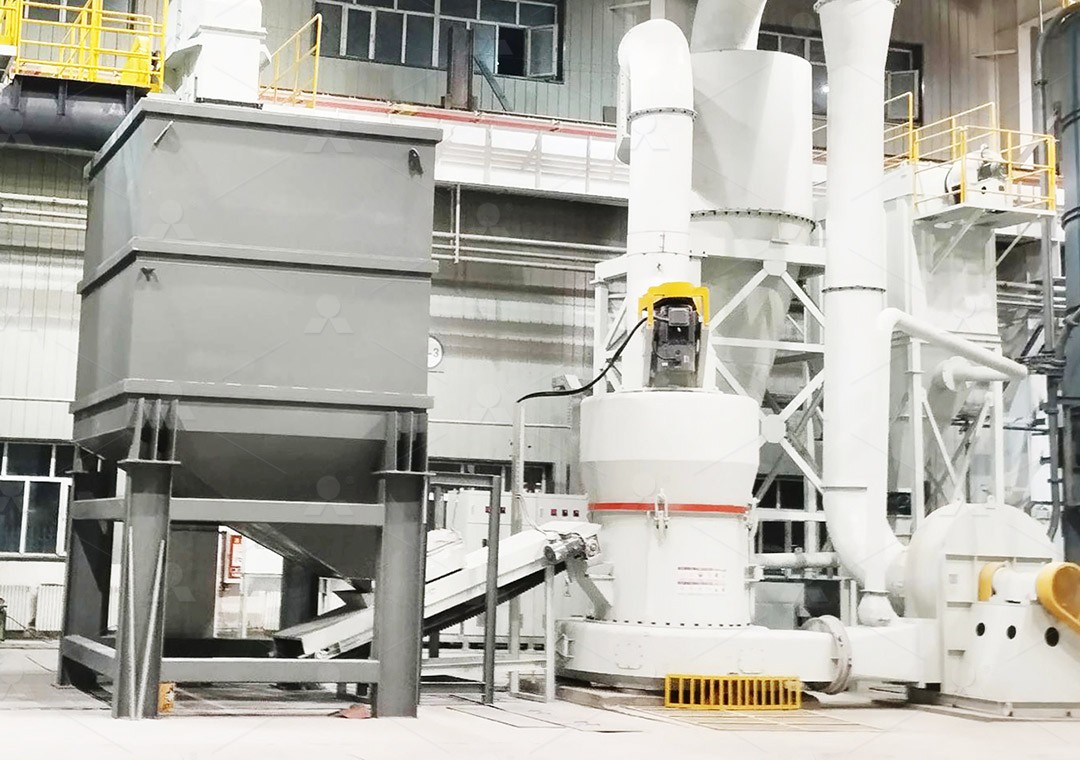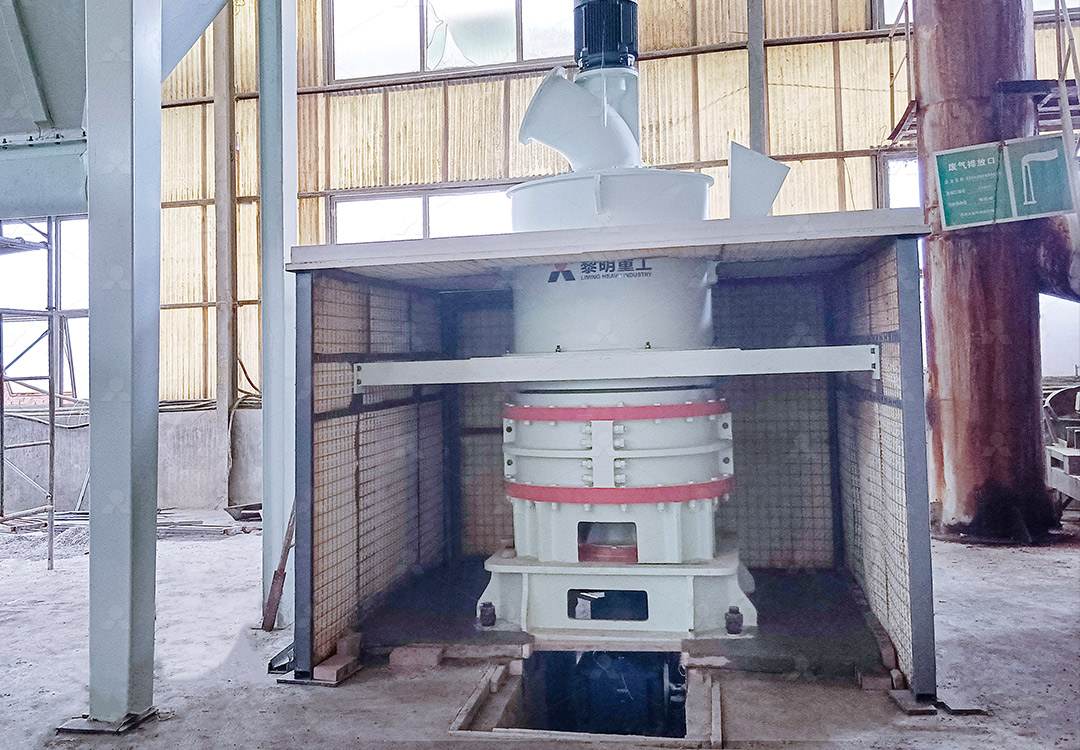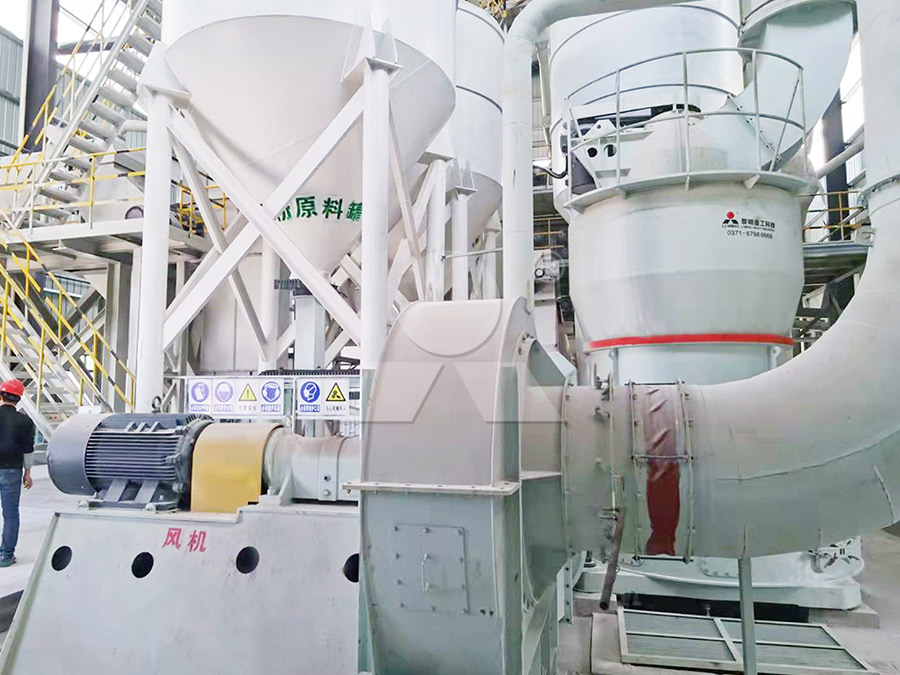Improvement of Production Process for High-Quality Pigment Carbon Black Powder
We provide a wide range of mills — including Raymond mill, trapezoidal mill, vertical mill, ultrafine mill, and ball mill, obtained ISO9001 international quality certification, EU CE certification, and Customs Union CU-TR certification. Suitable for processing minerals such as limestone, phosphate, quicklime, kaolin, talc, barite, bentonite, calcium carbonate, dolomite, coal, gypsum, clay, carbon black, slag, cement raw materials, cement clinker, and more.
The discharge range of these mills can be adjusted to meet specific processing needs, typically from 80-400 mesh, 600-3250 mesh, and can achieve the finest particle size of up to 6000 mesh(D50).
If you are looking for a reliable grinding solution to turn stone or minerals into fine powder, please feel free to contact our online customer service.
Improvement of Production Process for High-Quality Pigment Carbon Black Powder
In the competitive world of pigment manufacturing, achieving a consistently high-quality carbon black powder is paramount. The process requires not only precision but also equipment that can handle the unique challenges posed by this material, including its fineness, uniformity, and the need to control contamination. Traditional grinding methods often fall short, leading to inefficiencies, higher energy costs, and product variability.
A significant leap forward in this process involves the adoption of advanced ultrafine grinding technology. The key is to move beyond conventional ball mills or older Raymond mill systems, which can struggle with the precise particle size distribution and low iron contamination required for premium-grade pigments. Modern mills designed for ultrafine applications offer superior control over these parameters.

For operations aiming to produce top-tier pigment carbon black, we highly recommend considering our MW Ultrafine Grinding Mill. This machine is a game-changer, engineered specifically for customers who need to make ultra-fine powder. With an input size of 0-20 mm and a capacity range of 0.5-25 tph, it’s versatile for various production scales. Its cage-type powder selector, which incorporates German technologies, allows for precise adjustment of fineness between 325-2500 meshes, ensuring you can hit the exact specifications your clients demand. A critical advantage for pigment production is the absence of rolling bearings and screws in the grinding chamber. This design eliminates a major source of potential iron contamination and machine failure, directly contributing to a purer, higher-quality product with consistent color properties.
Furthermore, the environmental aspect of production cannot be overlooked. The MW Mill is equipped with an efficient pulse dust collector and muffler, significantly reducing dust and noise pollution. This makes the entire production process cleaner and more compliant with stringent environmental regulations, which is increasingly important for maintaining a positive brand image.

For larger scale operations or when integrating grinding into a fuller production line, our LUM Ultrafine Vertical Grinding Mill presents another excellent option. It features unique roller shell and lining plate grinding curves that are easier to generate a material layer, enabling a high rate of finished product from a single pass. This reduces the chance of over-grinding and maintains the integrity of the carbon black particles. Its multi-head powder separating technology, controlled by a PLC system, allows for incredibly precise control over grinding pressure and speed, reducing energy consumption by 30%-50% compared to common grinding mills.
The journey to superior pigment carbon black is not just about the raw material; it’s fundamentally about the technology that refines it. Upgrading to a dedicated ultrafine grinding system like the MW or LUM mills translates directly to tangible benefits: higher yield, lower energy consumption, reduced maintenance downtime, and most importantly, a superior, consistent product that commands a premium in the market. By focusing on these technological improvements, manufacturers can significantly enhance their production efficiency and product quality.

In conclusion, the path to improvement lies in embracing specialized milling technology. Investing in the right equipment is investing in the future of your product line and your company’s reputation for quality and reliability.
